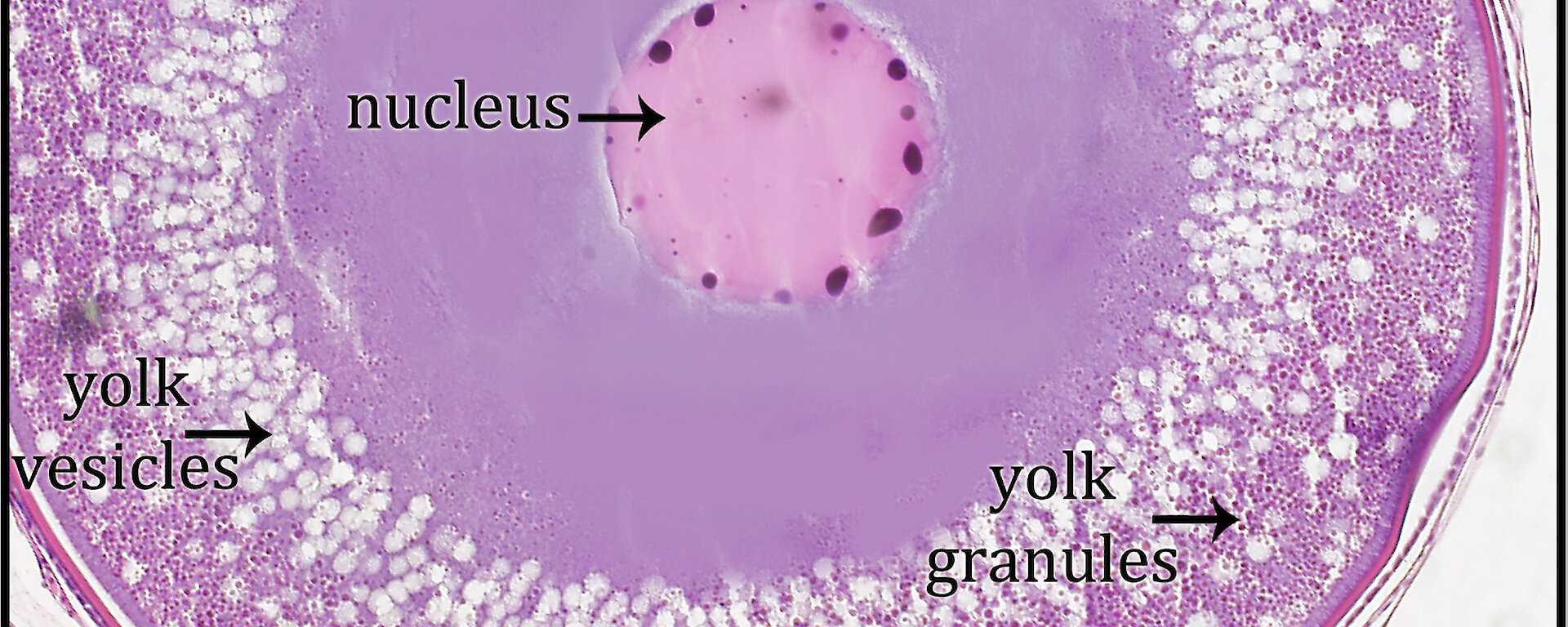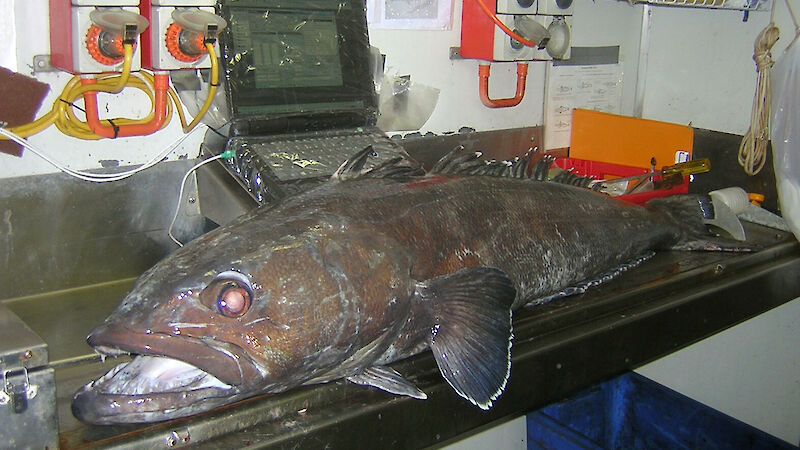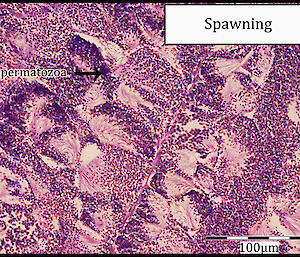Antarctic scientists have acquired the first detailed information about the reproductive maturity of Patagonian toothfish in the Heard Island and McDonald Islands (HIMI) fishery, including the location and timing of spawning.
The research will improve the accuracy of stock assessment models that contribute to the setting of sustainable catch limits for the toothfish fishery, and will inform future harvest strategies that account for the movement of toothfish at different life stages, in the region.
Australian Antarctic Division fisheries scientist, Dr Dirk Welsford, said that for most of the Patagonian toothfish fishery’s 15 year history, very few spawning toothfish had been recorded. But in 2009 a number of spawning toothfish were captured during prospective longline fishing on the deep slope (at about 1700m) to the west of HIMI.
‘The Fisheries Research and Development Corporation and industry helped fund a systematic survey of the area in the winter of 2011 and we sampled over 11 000 fish,’ Dr Welsford says.
‘For the first time we were able to collect and study male and female toothfish at all stages of reproductive development, which allowed us to better define the size and age at which the fish mature and to produce a map of where they spawn and how deep they spawn.’
To do this the research team analysed thin sections of the ovaries and testes from the captured fish under the microscope, and matched sexual maturity to fish size, age estimates, and catch location.
Their analysis showed that the majority of female Patagonian toothfish begin spawning by about the age of 10, while most male fish reach reproductive age at about seven.




